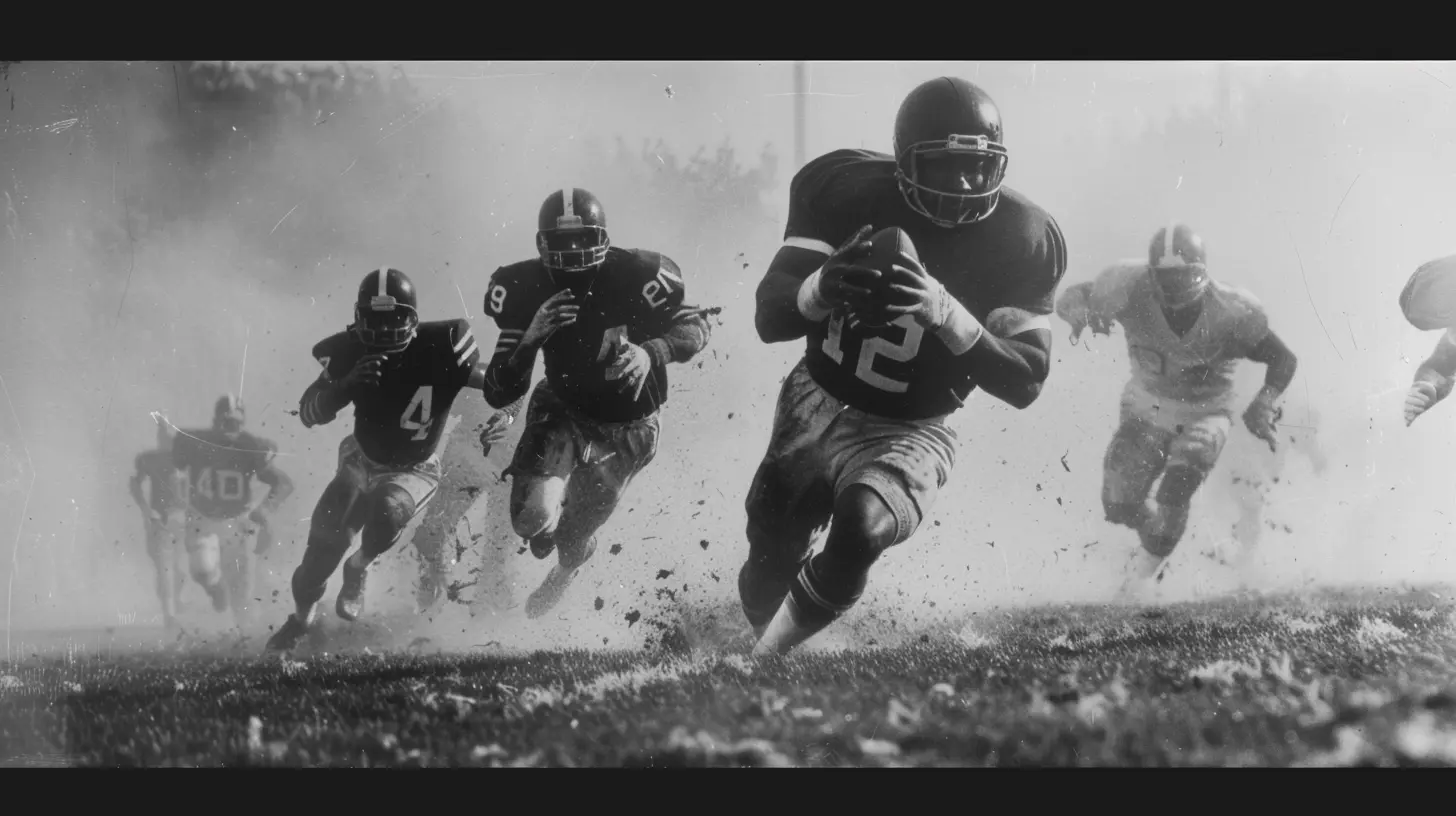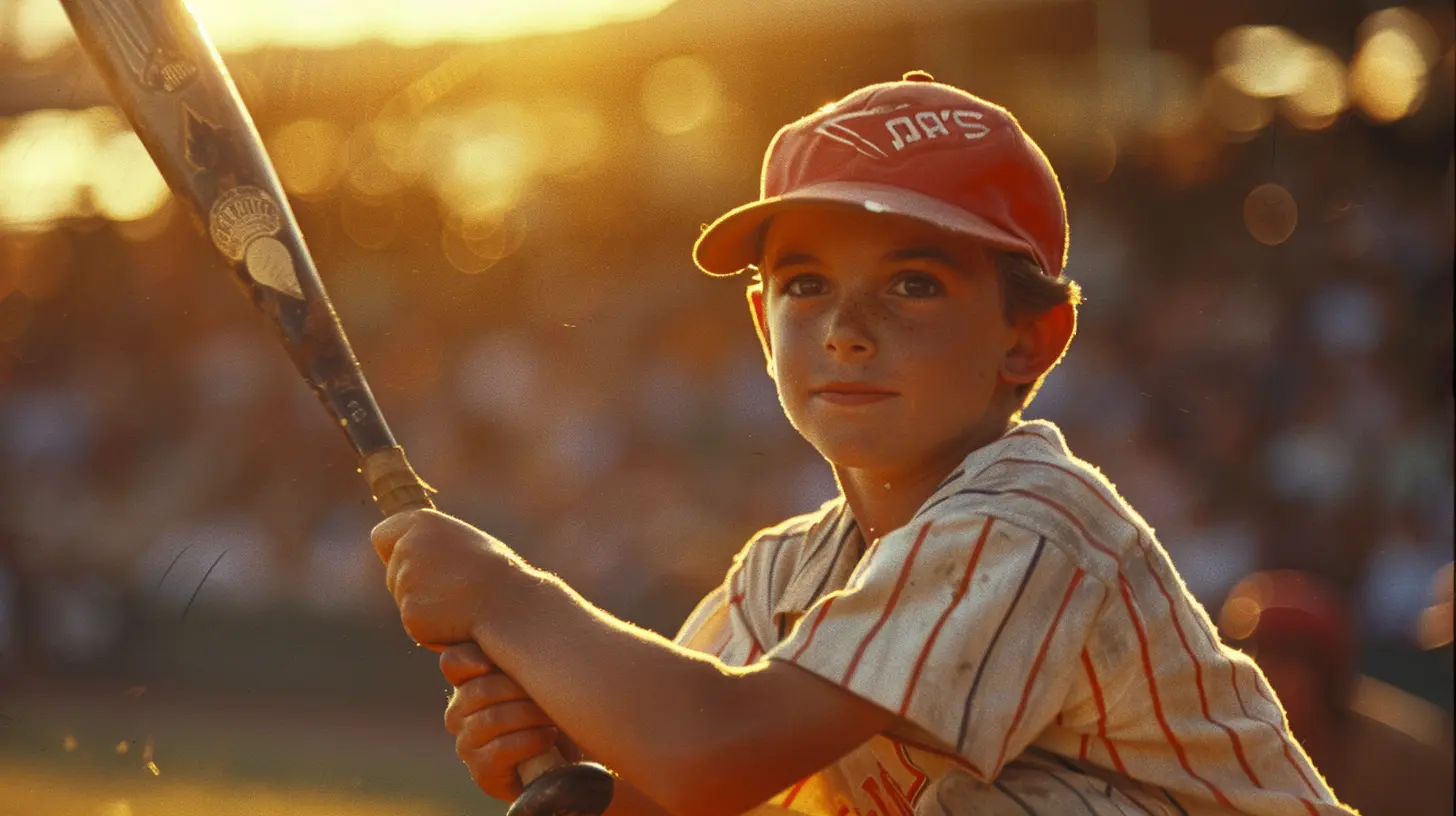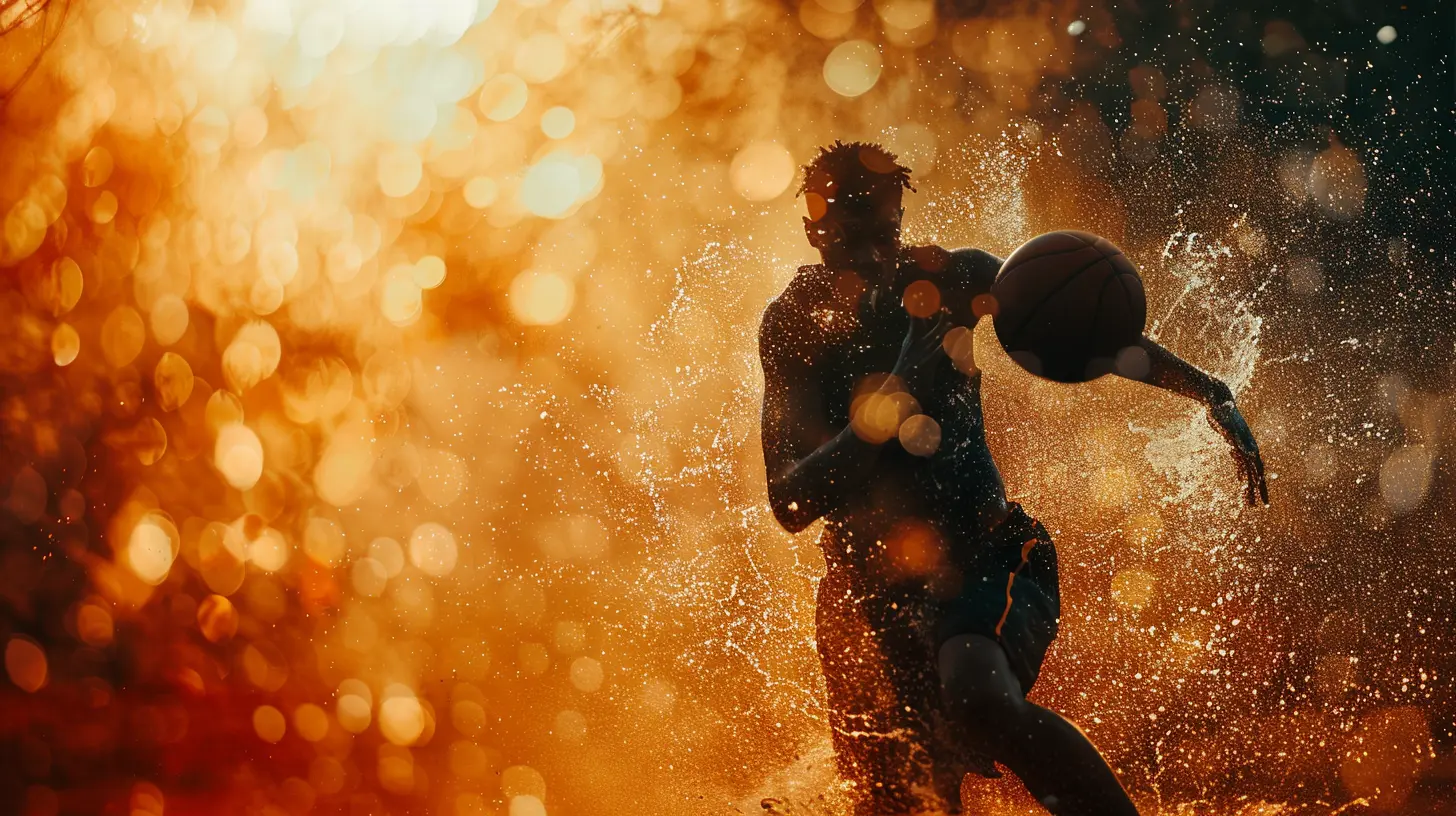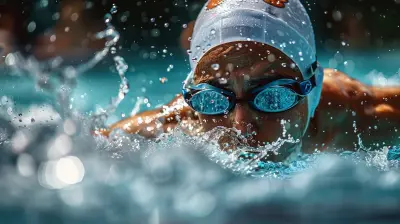Capturing the Unseen: The Magic of Sports on Film
13 August 2025
Sports have an undeniable vibrancy, a raw intensity that grips both athletes and fans alike. But what if I told you that some of the most magical moments in sports aren't always visible to the naked eye? Sure, the roar of the crowd and the thrill of a last-minute goal are unforgettable, but beyond the surface, there's a world of unseen drama, emotion, and artistry that can only be captured on film. Whether it's a slow-motion replay of a slam dunk, the zoom in on a player's face after a game-winning point, or the cinematic sweep of a stadium at dusk, sports on film offers a unique perspective—one that transforms simple competition into a visual feast.
In this article, we're going to explore the magic of sports on film and why it’s more than just about documenting games. We’ll dive into how filmmakers capture the intricate emotions, split-second decisions, and unforgettable moments that make sports such a captivating experience. So, buckle up, because we’re about to step behind the lens and uncover the unseen beauty of sports.

The Power of Slow Motion
Have you ever watched a slow-motion replay of a soccer goal or a tennis ace and felt your breath catch? There’s something mesmerizing about watching an athlete’s movements unfold frame by frame. It’s like seeing time stretch out, giving us a chance to truly appreciate the skill and precision involved in every move.Slow motion allows filmmakers to capture the nuances that the human eye might miss in real time. The flick of a wrist, the twist of a foot, the slight change in a player's expression—all of these tiny details become visible when slowed down. These moments provide a deeper understanding of the athlete’s technique, but they also evoke a sense of drama. It’s almost like watching an intimate dance between the athlete and the game.
The Emotional Punch of Slow-Mo
Slow motion isn’t just about aesthetics, though. It’s also a powerful tool for storytelling. By slowing down a pivotal moment in a game, filmmakers can emphasize the emotional weight of the situation. Think about it: that final shot in a basketball game, the one that determines the winner, feels even more intense when you see the ball arc through the air in slow motion. It builds anticipation, suspense, and allows the viewer to emotionally connect with the moment in a way that real-time action can’t always achieve.
Cinematic Techniques That Elevate Sports
Cinematic techniques go beyond slow motion. Filmmakers use a variety of tricks to elevate sports footage, turning it into something that feels larger than life. Let’s dive into some of the most effective techniques that bring out the magic in sports on film.1. Close-ups: The Window to Emotion
Movies and sports have one major thing in common: they thrive on emotion. And what better way to convey emotion than through a close-up? A tight shot of a player's face after they score a goal or miss a game-winning shot can reveal a world of emotions—joy, relief, frustration, or despair. These aren’t just athletes; they’re human beings with all the highs and lows that come with competition.Close-ups allow us to see what athletes are feeling in real time, and this creates a powerful connection between the viewer and the player. It’s one thing to watch a game from afar, but when you can see the beads of sweat on a player’s forehead or the determination in their eyes, it makes the experience personal.
2. Wide Shots: Capturing the Scale
While close-ups tug at the heartstrings, wide shots give us the big picture. Think about the breathtaking aerial views of a packed stadium or a sweeping shot of a marathon course winding through the streets of a city. These types of shots aren’t just about showing the action; they give viewers a sense of scale and grandeur.In sports, the environment is just as important as the action. The stadium, the field, the track—these are the stages on which athletes perform, and wide shots allow filmmakers to showcase the beauty and scope of these arenas. It’s like seeing the whole orchestra instead of just one musician.
3. Tracking Shots: The Intensity of Movement
Sports are all about movement, and tracking shots are one of the best ways to capture this. Whether it’s following a sprinter down the track or keeping pace with a cyclist in the Tour de France, tracking shots immerse the viewer in the action. You feel like you’re right there, running alongside the athlete, experiencing their speed and intensity firsthand.This technique creates a sense of urgency and excitement, making the viewer feel like they’re part of the race or the game. It’s one thing to watch a race from the stands, but it’s something entirely different to feel like you’re in it, dodging defenders or speeding toward the finish line.

Sports Documentaries: Real-Life Drama on Film
When we think of sports on film, we often think of the highlight reels, game coverage, or the occasional Hollywood sports movie. But perhaps one of the most captivating ways sports are captured on film is through documentaries. Sports documentaries aren’t just about chronicling events—they’re about storytelling.The Rise of Sports Documentaries
In recent years, sports documentaries have experienced a massive surge in popularity. Netflix's "The Last Dance," which chronicles Michael Jordan's final season with the Chicago Bulls, drew in millions of viewers, most of whom weren’t even basketball fans. Why? Because sports documentaries don’t just focus on the games themselves. They delve into the personal stories, the behind-the-scenes drama, and the emotional journeys of the athletes involved.Sports documentaries show us the human side of competition. They give us a glimpse into the lives of athletes—their struggles, their triumphs, and the sacrifices they make to succeed. These films can be as thrilling and emotional as any Hollywood blockbuster, but with the added weight of being real.
The Art of Building Tension
One of the keys to a great sports documentary is the ability to build tension. Even if you already know the outcome of the game or the match, a well-made documentary can make you feel like you’re experiencing it for the first time. Filmmakers achieve this by focusing on the personal stakes for the athletes involved.For example, in "Free Solo," a documentary about rock climber Alex Honnold’s attempt to climb El Capitan without ropes, the filmmakers build tension not just by showing the climb itself, but by focusing on Honnold’s mental and emotional state leading up to the climb. We see his fears, his doubts, and the immense pressure he’s under. By the time he begins the climb, we’re on the edge of our seats, fully invested in his journey.

The Role of Music in Sports Films
Can you imagine watching a sports film without music? It’s like watching a game without a crowd—it just doesn’t have the same impact. Music plays a crucial role in elevating the emotional stakes of sports on film. Whether it’s the swelling orchestral score in a climactic moment or the pulse-pounding beat that accompanies a fast-paced sequence, music enhances the viewer's emotional experience.Setting the Tone
Music sets the tone for the scene you’re watching. A slow, melodic score can make a victory feel poignant, while an upbeat track can make a training montage feel exhilarating. The right piece of music can make a moment feel triumphant, heartbreaking, or even nostalgic.Take the iconic "Rocky" training montage, for example. Would it be as memorable without "Eye of the Tiger" playing in the background? Probably not. The music turns what could be a simple training sequence into an inspiring moment of determination and grit.
The Unseen Heroes: Sports Cinematographers
While athletes are the stars of the show, there’s a group of unsung heroes working behind the scenes to capture the magic of sports: cinematographers. These are the people who understand how to frame a shot, how to use lighting to create drama, and how to move the camera in a way that enhances the action.Sports cinematographers have a unique challenge. They need to be able to anticipate the action, often without the benefit of rehearsals or second takes. They need to know the sport inside and out so they can predict where the key moments will happen. And they need to be able to react quickly, capturing those moments in real time.
Think about the iconic images from sports history—Muhammad Ali standing over Sonny Liston, Usain Bolt celebrating his world record, or Serena Williams raising her arms in victory. These moments are etched into our collective memory because they were captured so perfectly on film.
Conclusion: A New Appreciation for Sports on Film
Capturing sports on film is about so much more than just documenting the action. It’s about telling a story—one filled with emotion, drama, and artistry. From the use of slow motion to highlight the grace of an athlete’s movements, to the wide shots that capture the grandeur of a stadium, sports on film offers a unique way to experience the beauty of competition.The next time you watch a game, take a moment to appreciate the cinematography behind it. Whether it’s a close-up of a player’s face, the slow-motion replay of a winning goal, or the pulse-pounding music that accompanies the action, these elements bring the magic of sports to life in ways that words alone never could.
all images in this post were generated using AI tools
Category:
Sports DocumentariesAuthor:

Easton Simmons
Discussion
rate this article
1 comments
Maggie Riley
Sports on film transcends mere competition; it captures the soul, the passion, and the triumphs that inspire us all. Every frame tells a story—let's celebrate the magic behind the lens!
September 15, 2025 at 4:32 AM

Easton Simmons
Thank you for your insightful comment! I completely agree—sports film truly embodies the essence of human spirit and storytelling, making it a powerful medium to celebrate.


